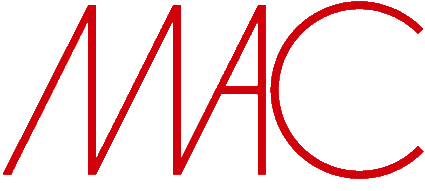Hans Gunther Flieg at the Museum of Contemporary Art at USP
The history of modern photography in Brazil still features sections that remain little studied and little known, such as the photographic production related to industry, architecture, design and advertising. In this context, the name Hans Gunther Flieg emerges because of his pioneer role and the excellence of his contribution toward the professionalization of these fields in Brazil. Flieg worked in these fields for nearly four decades. Flieg was a German immigrant of Jewish origin who arrived in Brazil in 1939 and established himself in the capital of São Paulo State, a city that in the two following decades underwent an intense economic and industrial development process. Therefore, Hans Gunther Flieg started his career as a photographer in an emerging labor market. He worked at the service of business people who soon began to invest in the field of art in order to build a new cultural identity for themselves.
The prosperity of the post-war period in Brazil, especially in the state of São Paulo, resulted in the creation of important cultural institutions: the Museum of Art of São Paulo (MASP, 1947), the Museum of Modern Art of São Paulo (MAM, 1948) and the Biennial of São Paulo (1951). Hans Gunther Flieg had established himself as a professional photographer since 1945 and not by chance was commissioned to record the activities of the São Paulo art scene in the first half of the following decade. His initial job within this scope was documenting the first São Paulo Biennial, which he photographed by invitation of Cicillo Matarazzo. Noteworthy are the photos of the demolition of the Trianon Belvedere, which was replaced by the Biennial pavilion, of the exhibition spaces and pieces of art, many of which were later included in the MAC USP collection.
Hans Gunter Flieg applied the same rigor he used to recorded industrial machines and spare parts to photograph Max Bill's work Tripartite Unit. This piece had won an award at the 1st Biennial of São Paulo. The precise choice of perspective, the contrasts of light and shadow, the alternation between reflex and opacity allow the observer to have a nearly tactile perception of the sculpture, despite the two-dimensional feature of the photographic copy. We are confronted not by a simple record, but by an interpretation of the work by means of photography. Flieg teaches us to slide our eyes along the continuous surface of the piece and he emphasizes the connections between art and technology proposed by Bill, without letting us forget the inseparable connection established between industrial capital and symbolic capital represented by the arts at that time in Brazil.
Finally, it is worth mentioning that the building designed by Oscar Niemeyer to celebrate the 400th Anniversary of the city of São Paulo, which now is the home to MAC USP, is particularly suitable to house a comprehensive retrospective by Hans Gunter Flieg. The photographer's collection is preserved at the Instituto Moreira Salles, who organized this exhibition together with MAC USP. Re-uniting Flieg's photographic production and one of the places that best embodied the modernist ideal of the capital of São Paulo is our opportunity to reflect critically on the legacy of modern photography understood both as a practical activity and a utopian projection.
Helouise Costa
Professor and curator at MAC USP
Helouise Costa
Professor and curator at MAC USP
© 2014 Museu de Arte Contemporânea da Universidade de São Paulo

